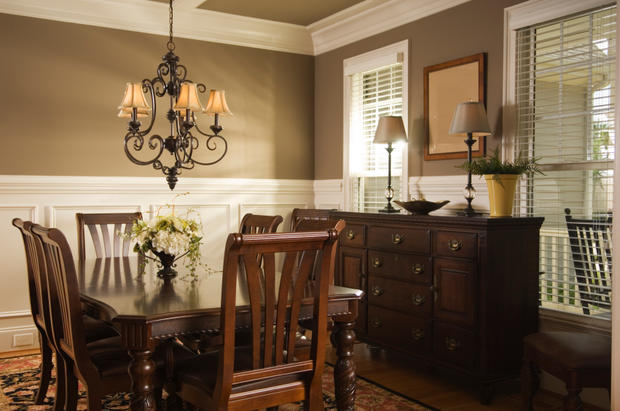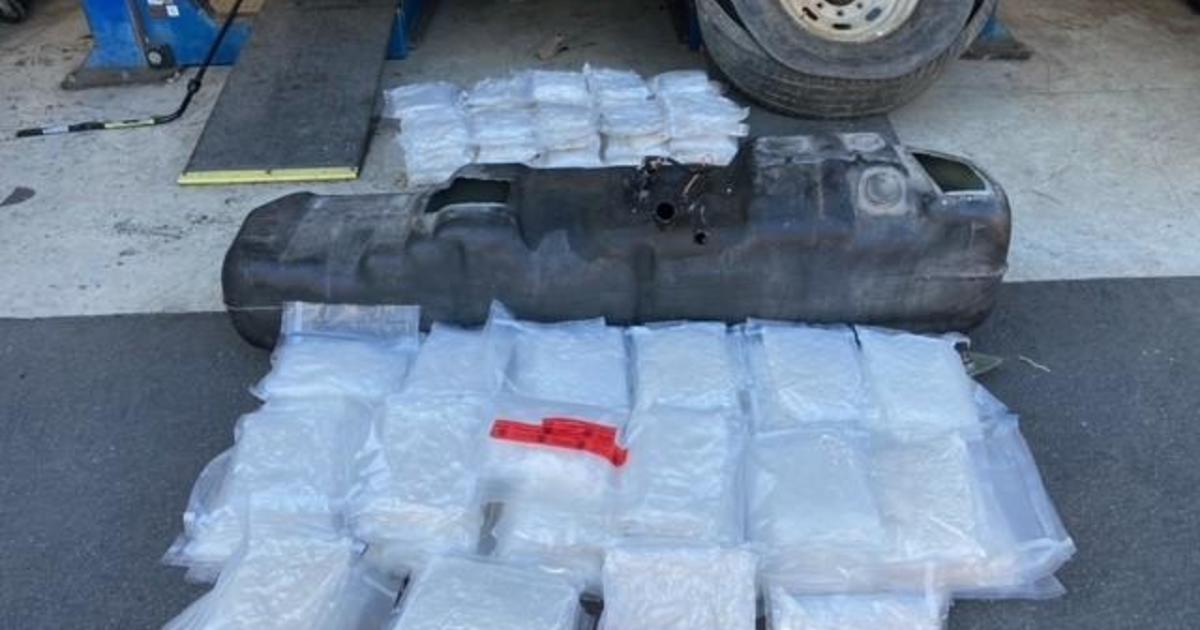The Five Most Energy-Efficient Building Materials
If you're lucky enough to be building your home from scratch, you literally have a ground-floor opportunity to make it as energy efficient as possible. Currently, extensive, far-reaching tax incentives and rebates are available from local government agencies and manufacturers, making it possible for new homeowners to build comparatively affordable, eco-friendly homes from sustainable, energy-efficient building materials. You'll want to talk to your architect and builder about creating maximum eco-efficiency for your house's foundation, building envelope and insulation so you can determine the right materials to choose, based upon your home's design and geographic region. Here are some to consider.
Recycled Steel
Two out of every three tons of new steel are recycled from old steel, making it the most recycled material on the planet. According to the Steel Recycling Institute, steel also uses less energy and emits fewer harmful CO2 emissions than many other building materials, making it an optimum green choice. You also can't beat steel for durability. If you live in a geographic area prone to high wind conditions or earthquakes, recycled steel may be your optimum choice for framing.
Thermostat Radiant Barrier Sheathing
A Georgia-Pacific building product, Thermostat Radiant Barrier Sheathing is used for both the roof and walls. The buffer zone created protects against heat penetration, resulting in a reduction of energy usage and a lowered attic temperature of up to 30 degrees.
Spray Foam Insulation
An alternative to traditional fiberglass and cellulose insulation, spray foam traps more conditioned air within the home, allowing for significantly less leakage and consequently, reduced energy use year round. Containing rapidly renewable material, spray foam insulation does not produce harmful emissions and is also water and shrink proof, which translates into zero framing distortion over time - a huge construction plus.
Insulating Concrete Forms
Produced through the process of pouring concrete between multiple layers of insulation material, insulating concrete forms become locked into the home's structure permanently, resulting in a high level of strength and durability, as well as energy efficiency levels able to meet high code requirements. Disaster-resistant insulating concrete forms also prevent mold, mildew and rotting.
Bamboo Plywood
Used for interior design elements such as wall coverings, cabinetry and flooring, bamboo plywood is a zero-VOC, rapidly renewable, sustainable resource. It is also beautiful, and adds a touch of greening elegance to any home. In addition to being all natural and non-toxic, it is as easy to work with as hardwood or laminates.




